Why You Must Visit Warsaw: 30 Years After the Fall of Communism in Poland
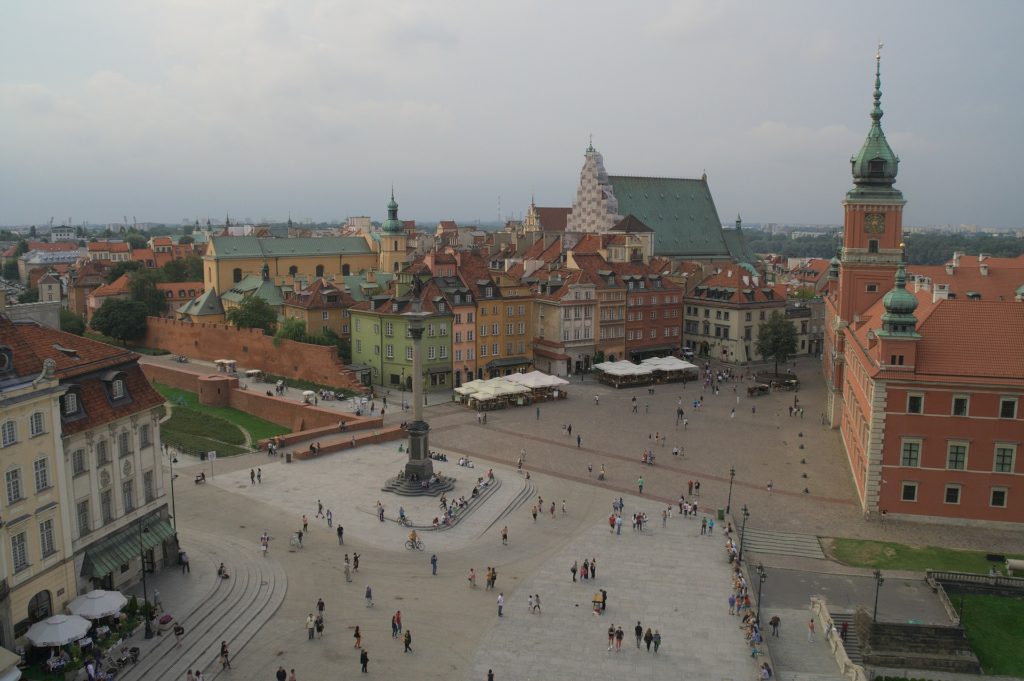
Careening through the backstreets of Warsaw in a minibus that bumped and jostled us through a former Communist neighborhood, I immediately regretted that extra pierogi I’d had for lunch that now threatened to expel itself.
As if clairvoyant, Tomas, our guide, stopped and shepherded us into an area where partially destroyed, bullet-ridden brick structures were oddly juxtaposed next to utilitarian Cold War-era high rises. I leaned in to hear as he softly launched into a boyhood memory of life under Communist domination.
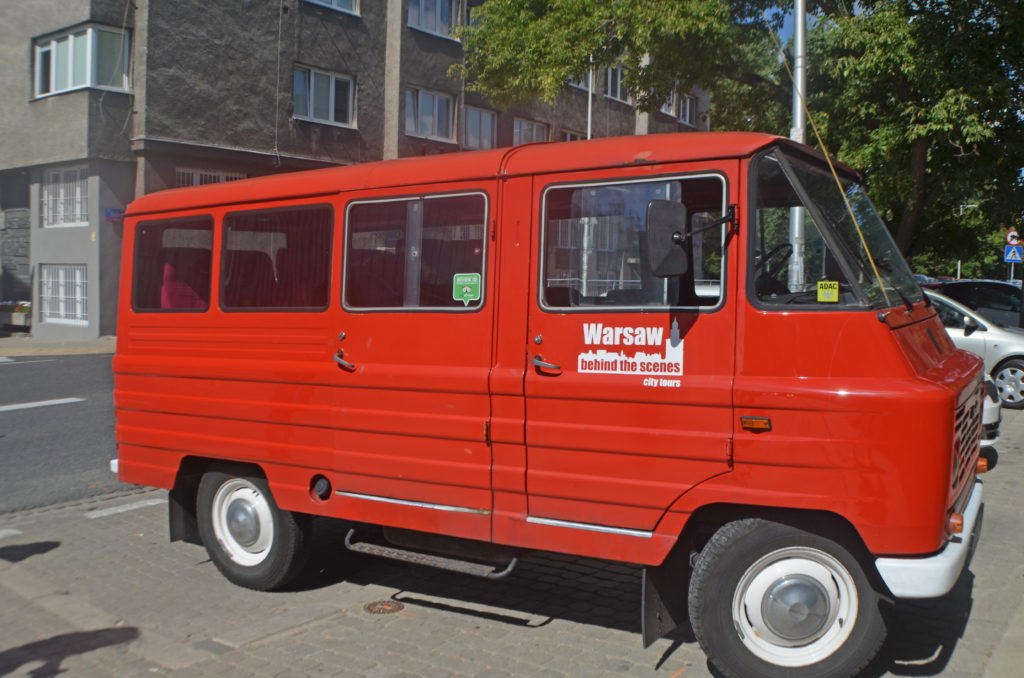
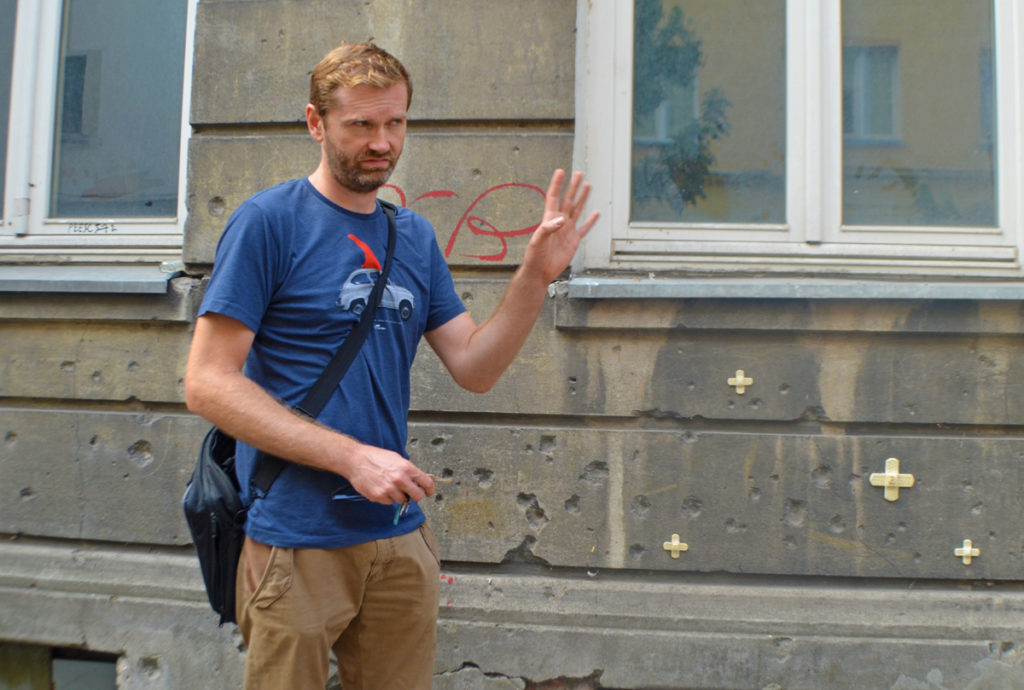
Hard Times in the 1980s
“A man appeared at the window with big mustache and big face,” he said in heavily-accented English. As a young boy, he had been traveling by car with his parents with half a slaughtered pig in the trunk. Although illegal, they intended to sell the pig. When stopped at the check post, his parents very quietly answered the interrogation.
“My father paid $500 in Polish money, which at that time was about a month’s salary,” said Tomas. “They let us go through.”
“In the 1980s, times were really hard,” he continued. “If there was something sold, even at a kiosk, you would go and buy anything they had, because even if you didn’t need it, you could always trade with someone else.”
Warsaw’s Unexpected Charms
Warsaw was the last stop on my tour of Poland with JayWay Travel, and it was the destination I was least looking forward to. Krakow had historical architecture; Gdansk captivated me with its charm offensive. But Warsaw? “It’s not authentic; it’s been rebuilt” people told me. “It’s Krakow’s ugly stepsister.”
Warsaw has been through some of the most horrific epochs possible, and has emerged not just your ordinary survivor, but vibrant and thriving. The Polish capital is an eclectic mix of Communist utilitarian tenement houses, restored 17th-century architecture, and glitzy museums. It’s the last place where Polish royalty ruled and is now the intellectual center of Poland. What I didn’t know, though, was that the Polish capital had some hidden charm awaiting me in the unlikely form of its Communist past.
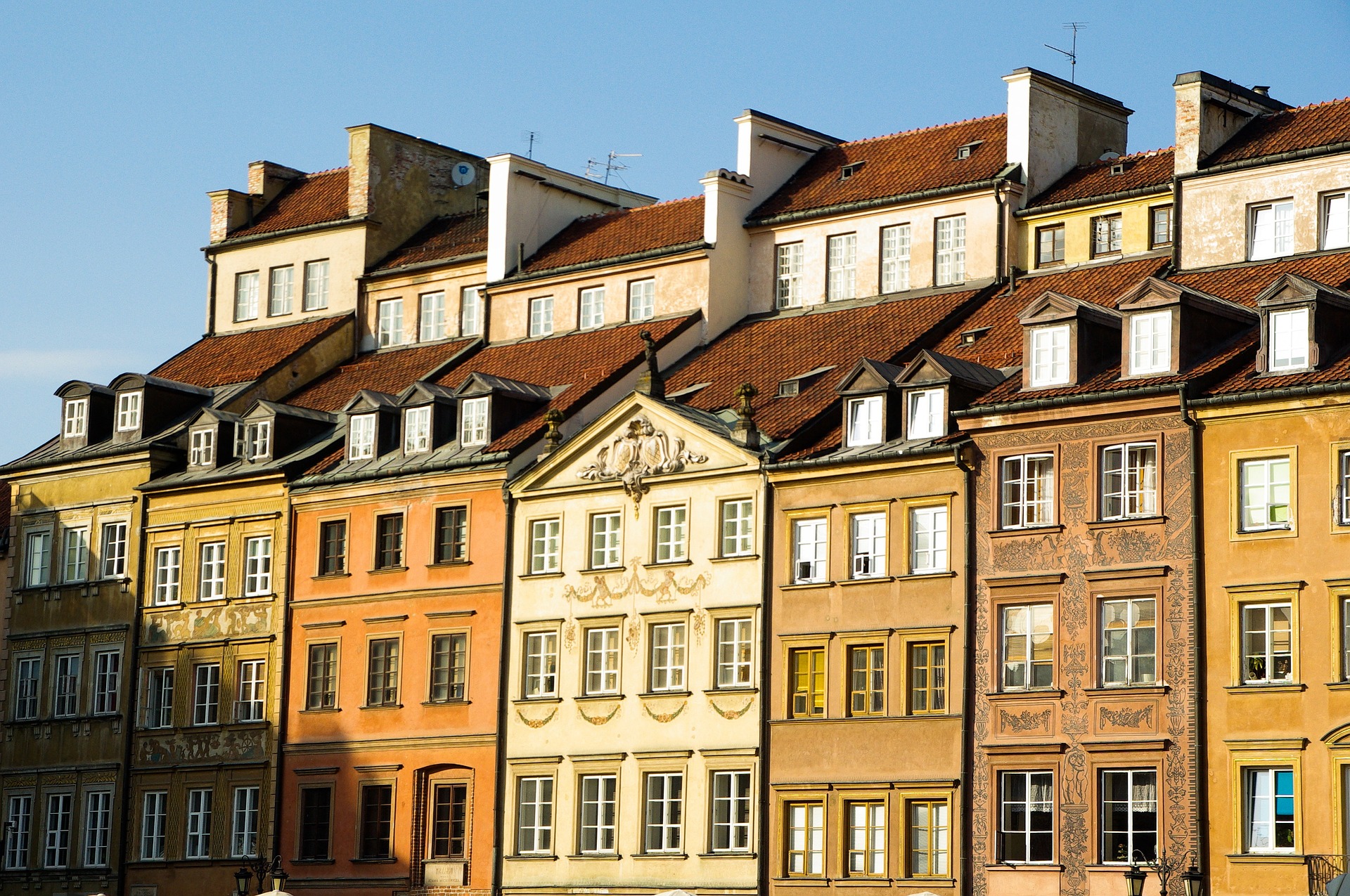
Stalin’s Penis
The tour began that day at the city’s tallest building, the Palace of Culture and Science.
“This is ‘Stalin’s Penis,’” said Tomas. “Depending on your political point of view, this is one nickname given to the palace. The other is ‘the birthday cake.”
The towering Palace of Culture and Science was a ‘gift’ from Stalin during the period of Communist oppression and has divided opinion among the city’s residents.
“In spite of the controversy, we decided not to demolish it,” said Tomas. “It’s an important reminder of history that should not be forgotten.”
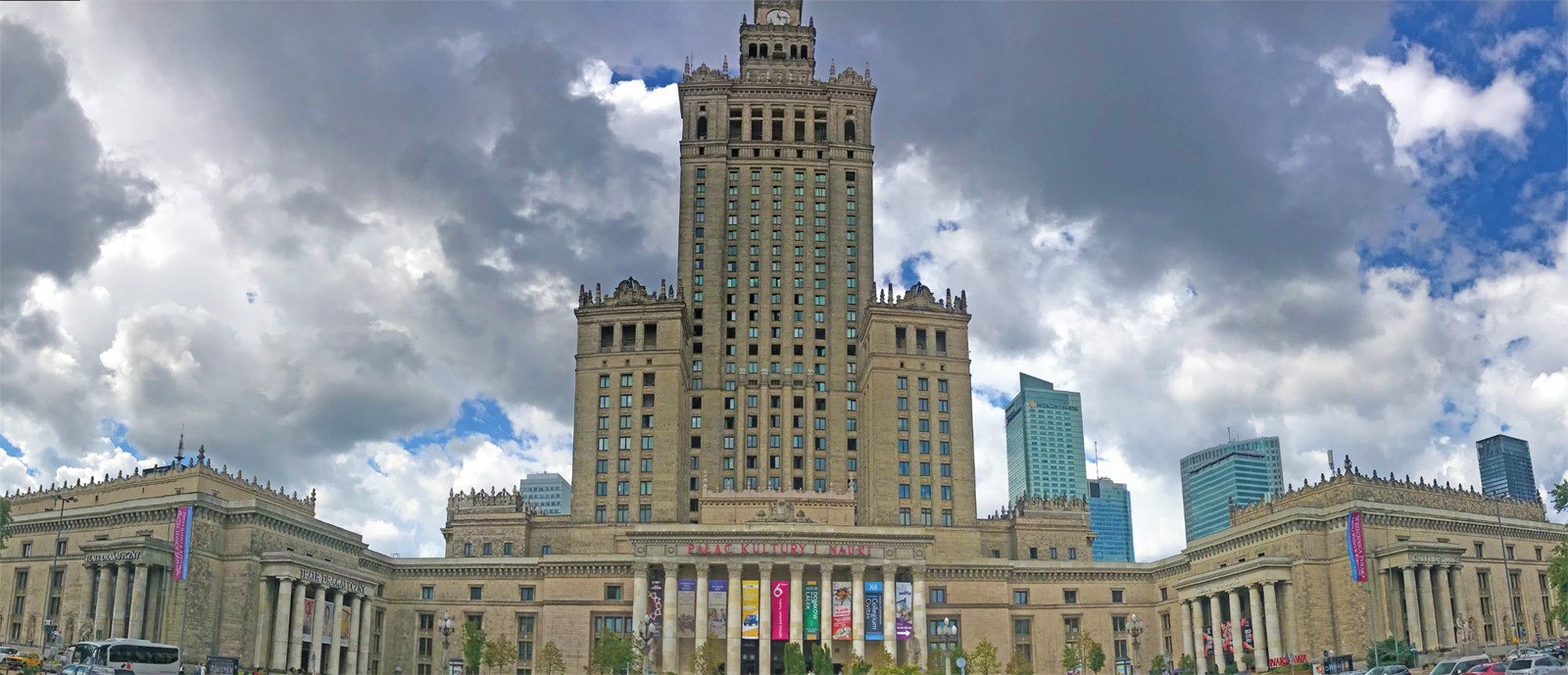
Milk Bars and Pierogis
For lunch, Tomas took us to a milk bar where we ate soft, boiled pierogis served in several mason jars, with beef, cheese, and mushrooms piled on top instead of inside. We passed the jars around, using our forks to shovel the deliciousness from jar to plate to mouth, before finishing off with pączki, the Polish version of the donut.
A bar mleczny, a.k.a. milk bar is a Polish-style cafeteria. Milk bars started appearing after World War I, offering inexpensive food options, but became more important after World War II, when Poland became a satellite of the Soviet Union and the state subsidized the canteens.
After lunch, we hopped back in the minibus and headed to the Praga neighborhood. Having traveled through most of Central Europe, I felt an unfamiliar vibe permeating this section, a sense of being “in transit.”
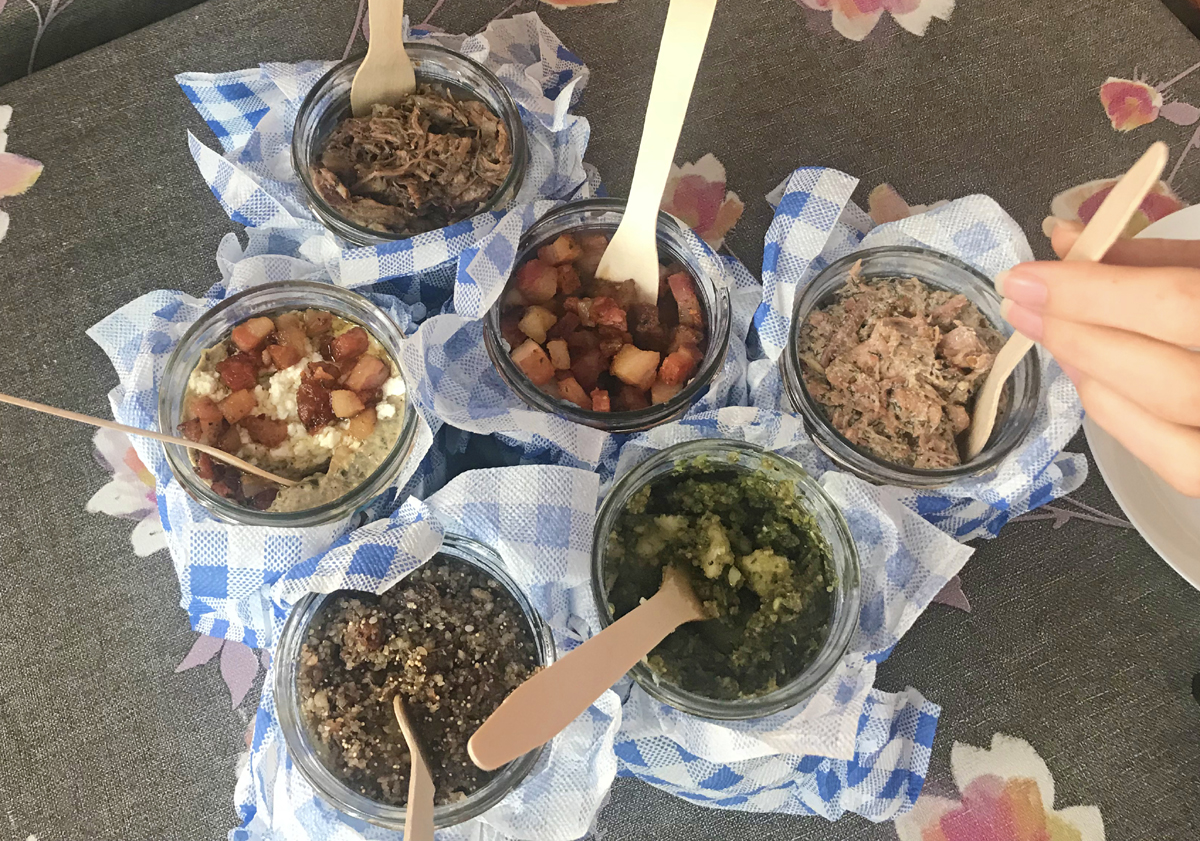
A Former Jewish Ghetto Transforms
Praga, the former Jewish ghetto neighborhood has a magnetic, albeit edgy, appeal as if it’s being nudged toward becoming the “it” place, like the Kazimierz in Krakow, a formerly Jewish neighborhood.
Part disturbing, part uplifting, the behind-the-scenes look at Praga’s pre-war courtyards and Jewish neighborhood, all gave me an unexpected perspective into the past. I pushed my fingers into the bullet holes of a shelled building; I peered curiously at a utilitarian Communist bloc apartment building standing beside a crumbling Jewish synagogue.
Artists have moved in and turned it into a hipster neighborhood, with funky graffiti and street art. I admired the way the Poles deliberately have chosen Praga to rise above both the extermination of the Jews and Communist oppression, in the same place.

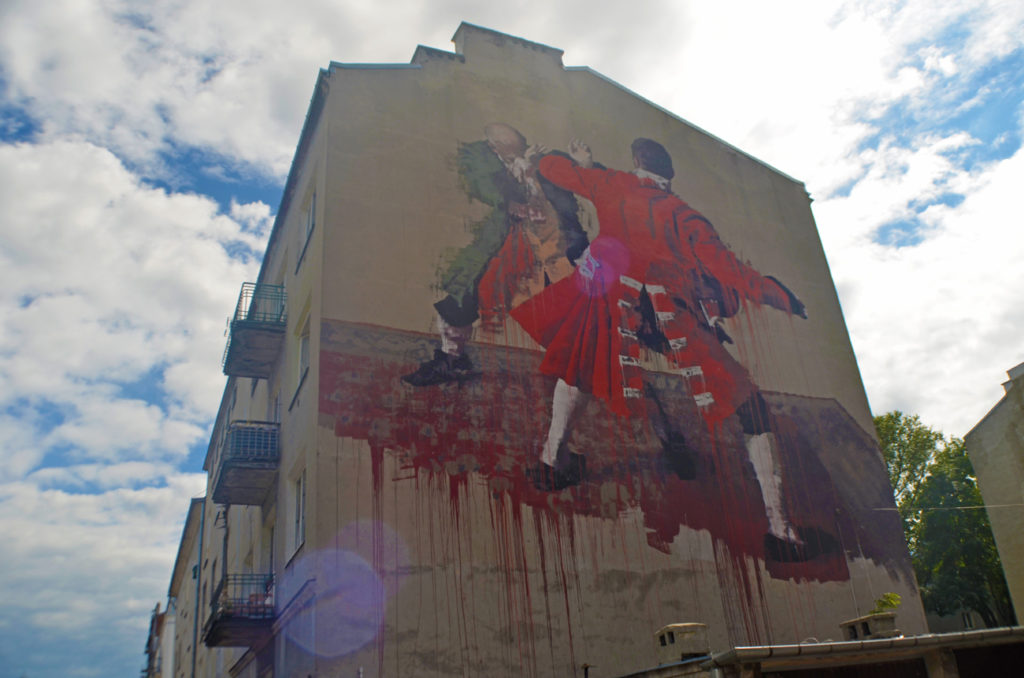
Warsaw’s Old Town
Ignoring the derogatory remarks that Warsaw’s old town isn’t really old, I made a beeline for the “historic” center. Strolling lazily through cobblestoned alleys and squares has always been one of my favorite things to do in Europe.
Walking a few minutes from my hotel in New Town, I arrived at the Barbican, part of the fortifications that once protected Warsaw, now a gateway into Old Town. It was late afternoon, that mellow time when the harsh sunlight has faded, leaving in its wake a deep periwinkle-blue sky. Tantalizing aromas of savory sausage wafted from the tables of open-air cafés, and sugary pastries lined windows of tiny bakeries, begging me to press my face against the glass.
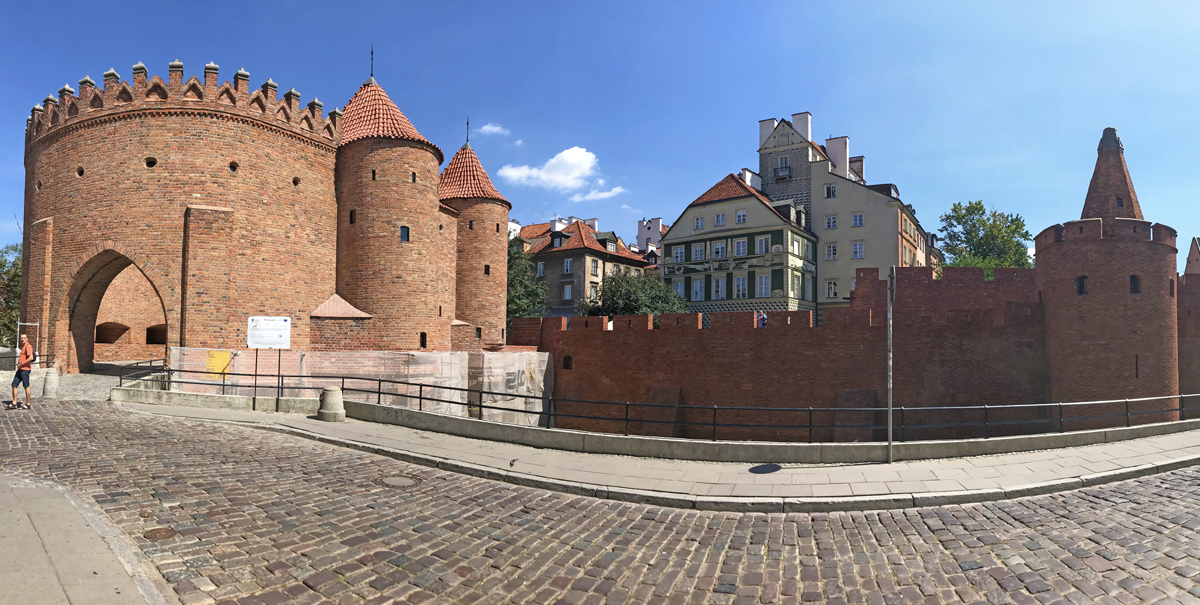
World War II Bombings
Arriving at the Taras Widokowy tower, I clambered up the narrow spiral staircase, placing my feet cautiously on each uneven stone step. Ducking through the small doorway, I broke into a grin as I entered the terrace looking down over Castle Square.
Originally built during the 12th-century, Nazi bombs decimated 85% of Warsaw’s historic center. From the 1950s until 1962, the Capital Reconstruction Bureau meticulously restored the city to its former golden days. Using pre-war photographs, sketches, and paintings, and bricks salvaged from the destruction, no trivial detail was overlooked in creating a replica.
In 1980, after recognizing the symbolic rise from the ruins of World War II, and acknowledging the effort to assure the survival of one of the most important testimonials of Polish culture, Warsaw’s historic center was declared a UNESCO World Heritage Site.
Although the re-created Old Town is similar to many other Austro-Hungarian cities in Central Europe, for me, it was more special, given the sheer will of its Polish inhabitants to survive World War II, bombings, the Holocaust, and Communist annexing.
A Melancholy Farwell
At the end of my last day in Warsaw, I struggled with a melancholy sensation that I needed to stay longer. Somehow, I’d connected with the tenacious vibe of this city that has overcome such a tumultuous past. The Poles had persevered in rebuilding their country and preserving their culture.
It grabbed me in a way I can’t really explain – I wasn’t even born when World War II took place and I’m too young to remember much of the USSR colonizing. But Warsaw’s five firm fingers of culture, history, persistence, friendliness, and affordability will not let me go.
Even though I’m not normally prone to visiting museums, I felt compelled to visit two of Warsaw’s excellent museums – The Museum of the Uprising and the Museum of the Polish Jews. Both were inspiring, both were compelling, and both convinced me to return to Warsaw. The city that gave us Copernicus and Chopin has much to offer.
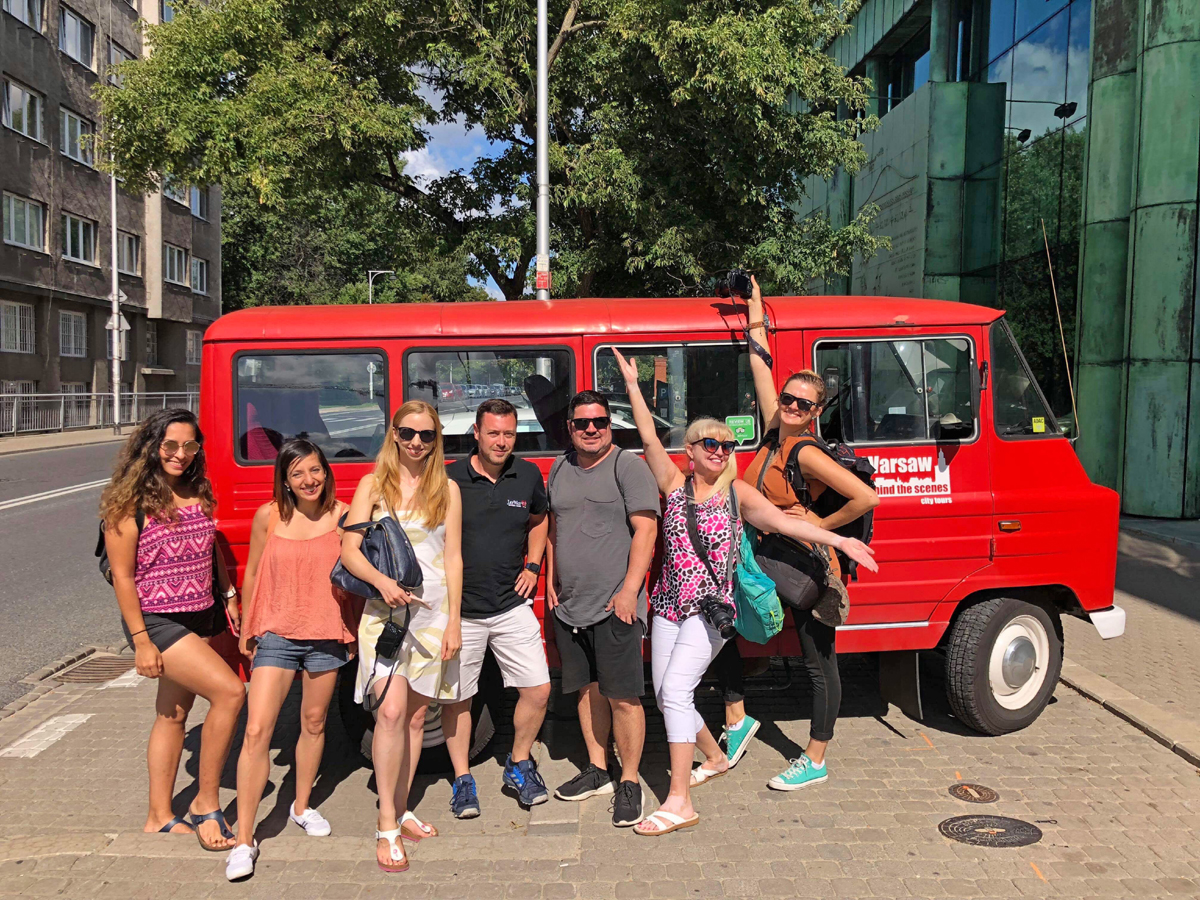
Disclosure: The author was honored to be the guest of JayWay Travel during her stay in Poland, but as always, the opinions, reviews, and experiences are her own.
Book Your Stay Now in Warsaw, Poland
Use the interactive map below to search, compare and book hotels & rentals at the best prices that are sourced from a variety of platforms including Booking.com, Hotels.com, Expedia, Vrbo, and more. You can move the map to search for accommodations in other areas and also use the filter to find restaurants, purchase tickets for tours and attractions, and locate interesting points of interest!

Patti Morrow is a freelance travel writer and founder of the award-winning blog Luggage and Lipstick. She’s the author of the book “Girls Go Solo: Tips for Women Traveling Alone,” and has over 150 bylines in 40 publications, including The Huffington Post, The Washington Post, International Living Magazine, Travel Girl, Epicure & Culture, and Ladies Home Journal.
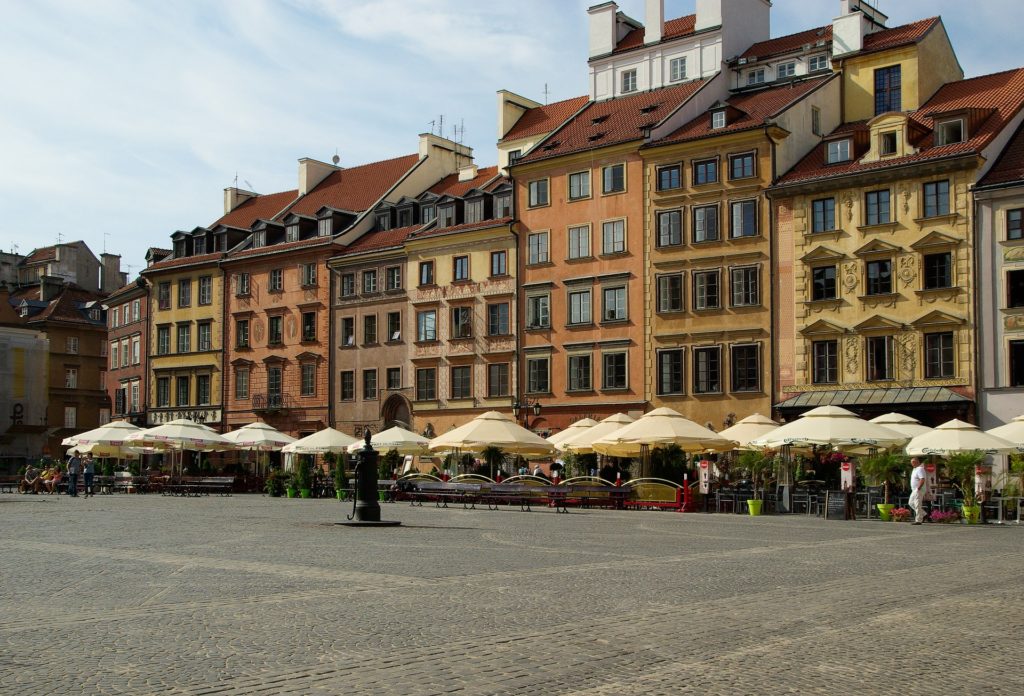
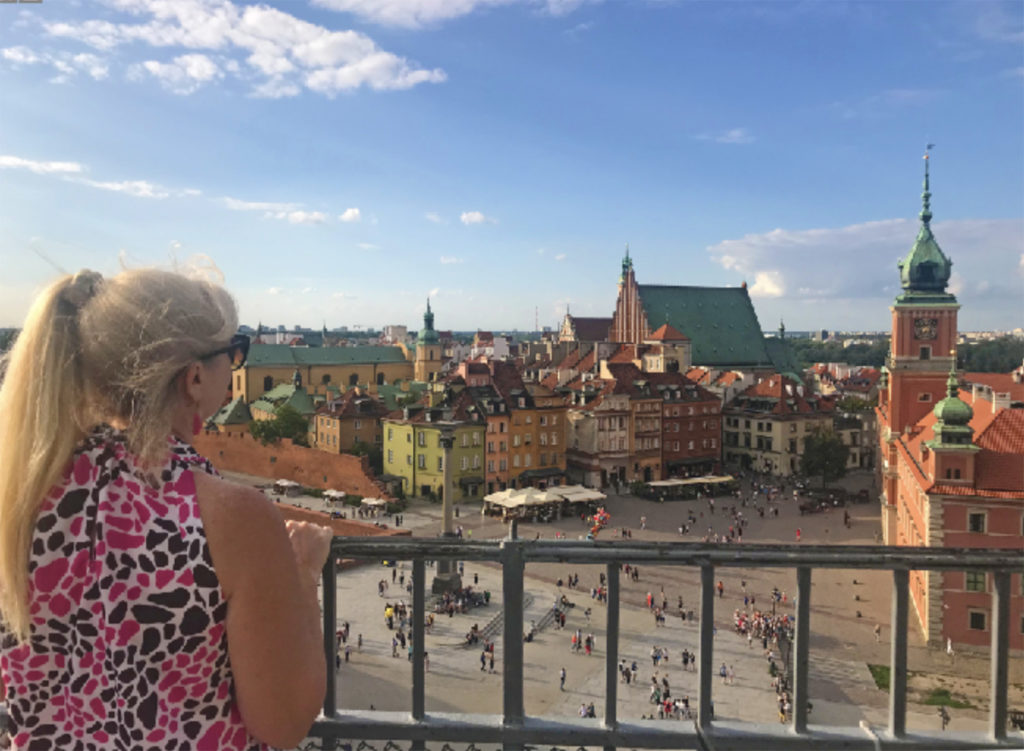
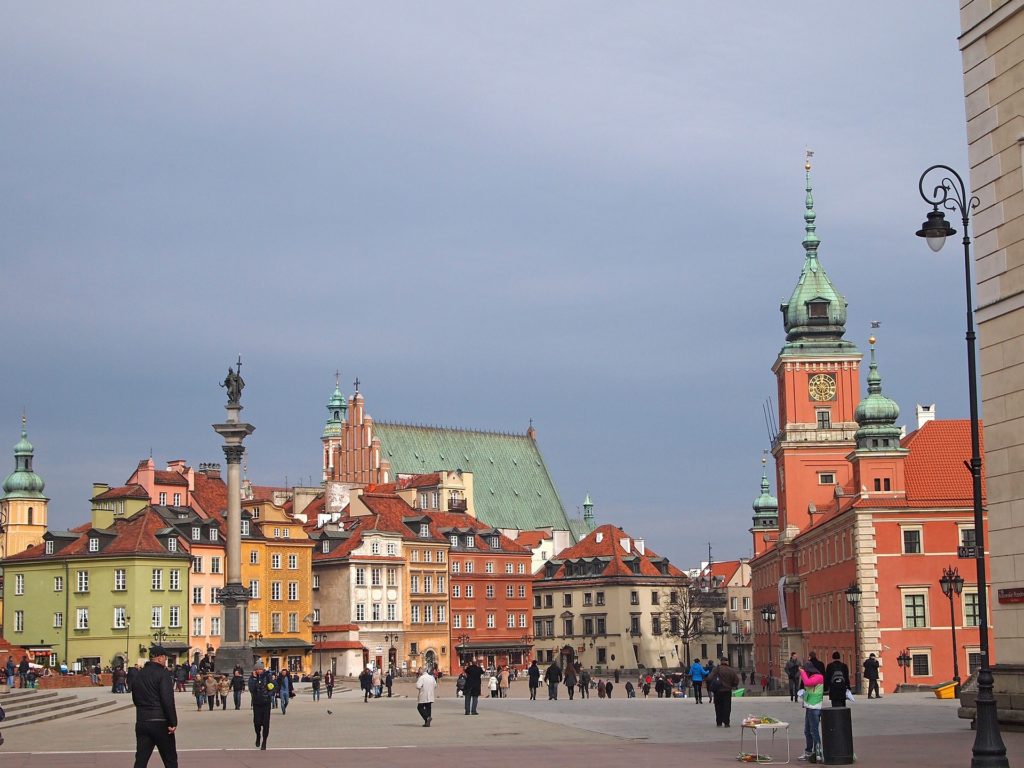
Great content! Super high-quality! Keep it up! 🙂
Thank you for your kind comment
Great work Patti. Until about 10 years ago I was unaware of my Polish heritage. Accordingly, visiting Poland was not really on my radar. Having learned of my heritage I visited Warsaw first, and felt an immediate.visceral connection. I’m compelled to keep going back to Poland especially Warsaw, which I saw in exactly the same light as you describe.
Comes down to personal views Warsaw has been through a lot for sure been there 5 or 6 times. Sorry there are far better places in Poland to visit. I would spend my money elsewhere wroclaw sczchein Krakow all beautiful. My opinion